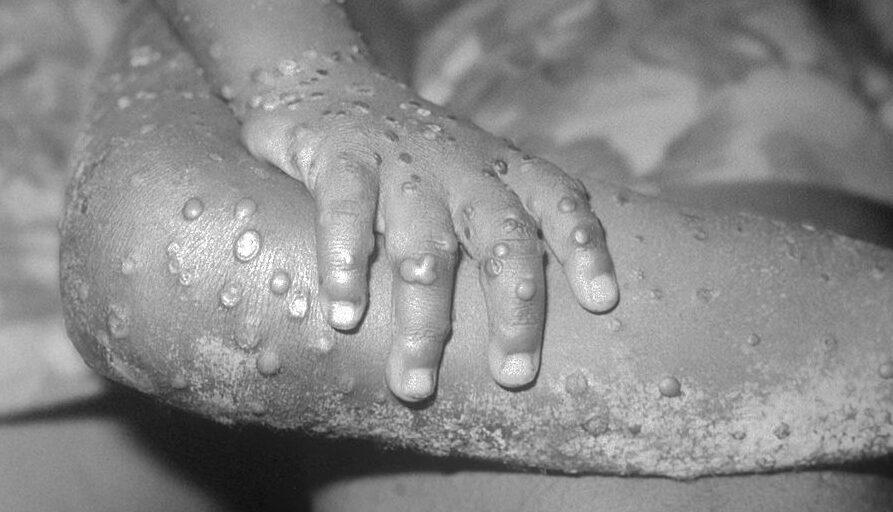Recently, as the COVID-19 pandemic seems to be coming to an end in Europe and the United States, another infectious disease has emerged. Dozens of confirmed or suspected cases of monkeypox have appeared on a large scale in more than a dozen countries. The disease has been rare outside of Africa in the past, and this time it is occurring in a different population than before. Experts are concerned about the emergence of a new mode of transmission.
Monkeypox, A Suddenly-Widespread Infectious Disease
As of May 21, 2022, more than 80 cases of monkeypox have been reported in at least 12 countries in North America, Europe, and Australia.Confirmed cases have been reported in nine European countries, including the United Kingdom, Spain, Portugal, Germany, Belgium, France, the Netherlands, Italy and Sweden, as well as in the United States, Canada, and Australia.





